Livonian Order. Gotthard Kettler, 1559-1561.
2 1/2 Ducats n. d., mint probably Riga.
Extremely rare.
Almost extremely fine.
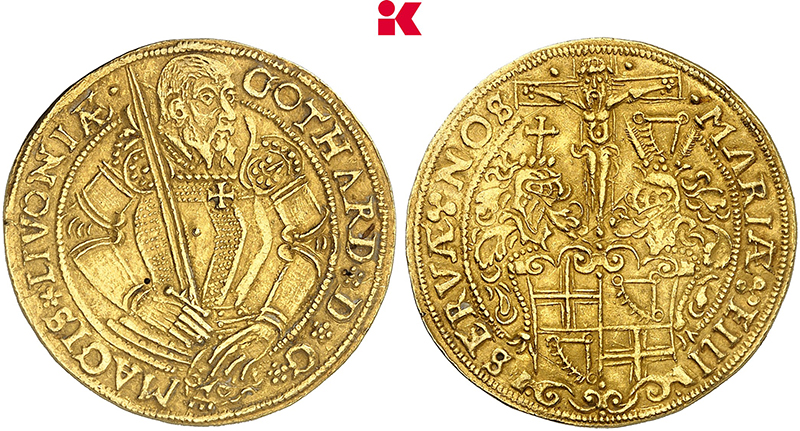

Elizabeth I, 1558-1603.
Sovereign n. d., (1584-1586), London.
Very rare.
Slightly bent, almost extremely fine.
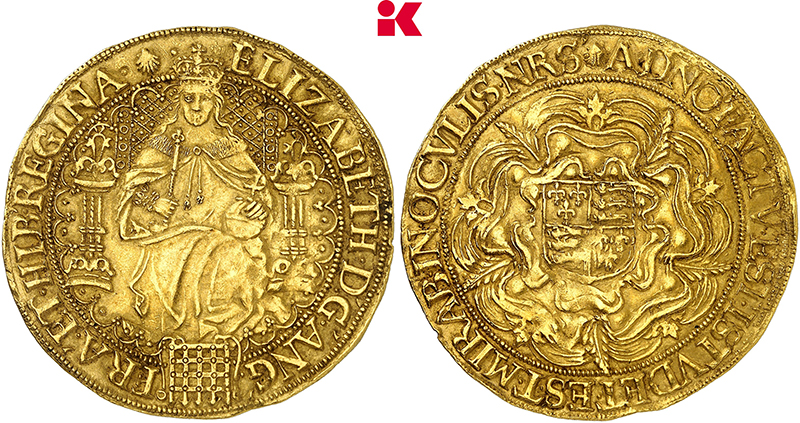

Mustafa III, 1757-1774.
2 Zeri Mahbub 1757/1758 (= 1171 AH), Misr (Kairo)
Ziynet pattern.
Very rare.
Holed, almost extremely fine.
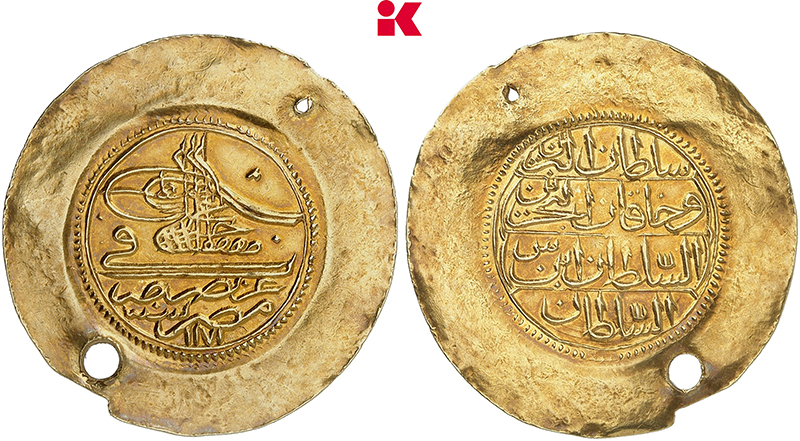

Carlos III, 1759-1788.
8 Escudos 1764, NR-JV,
Santa Fe de Nuevo Reino (Bogota).
NGC AU58.
Rare. Extremely fine.
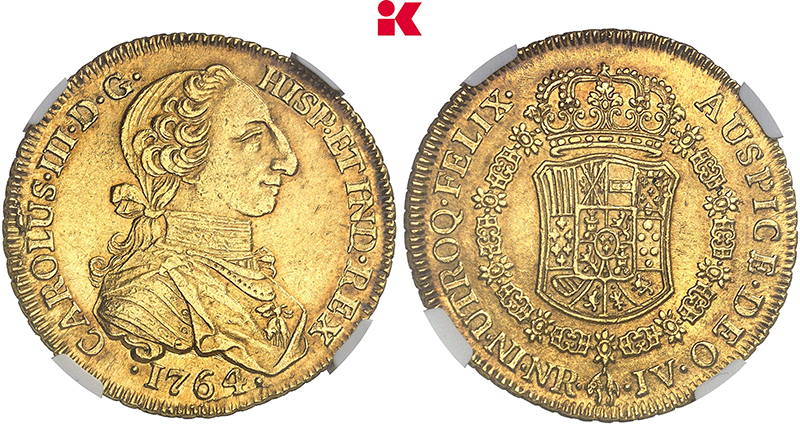

Bankportugalöser in the weight of 10 Ducats 1689,
by J. Reteke, on the major European banking cities of
Amsterdam, Hamburg, Nuremberg, and Venice.
NGC MS63 PL. Very rare.
Extremely fine-uncirculated.
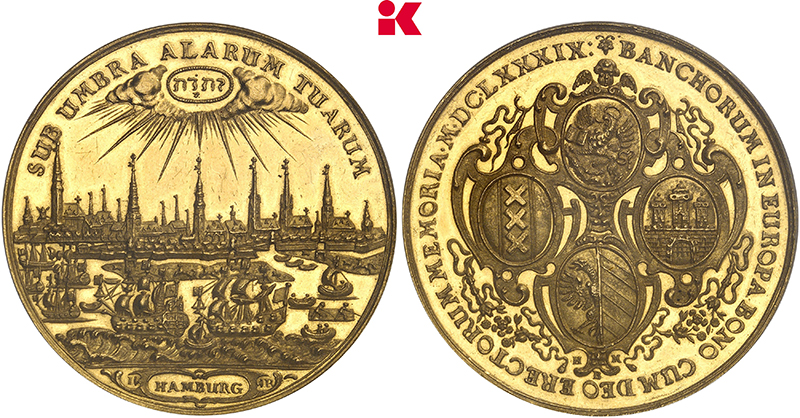

Penny 1919.
Copper-nickel pattern of the “Kookaburra Penny”
by C. D. Richardson for Stokes & Sons. Extremely rare.
PCGS SP 61.
Tiny edge faults, extremely fine.
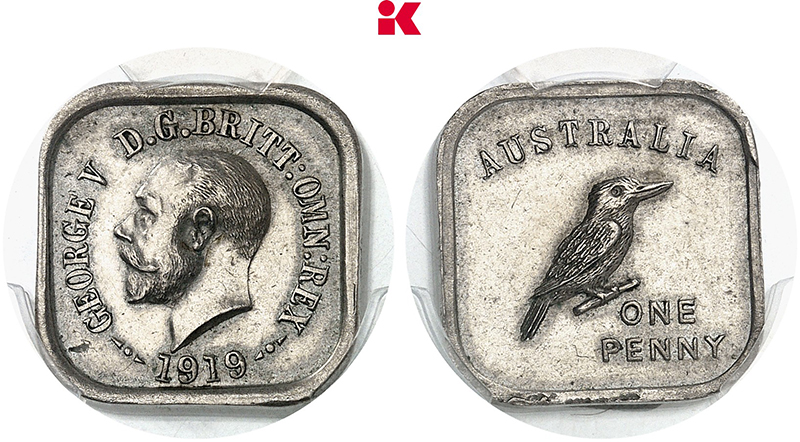

Vereenigde Amsterdamsche Compagnie.
1/2 Daalder in the weight of 4 Reales 1601, Dordrecht.
Extremely rare. Fine patina,
very fine-extremely fine.
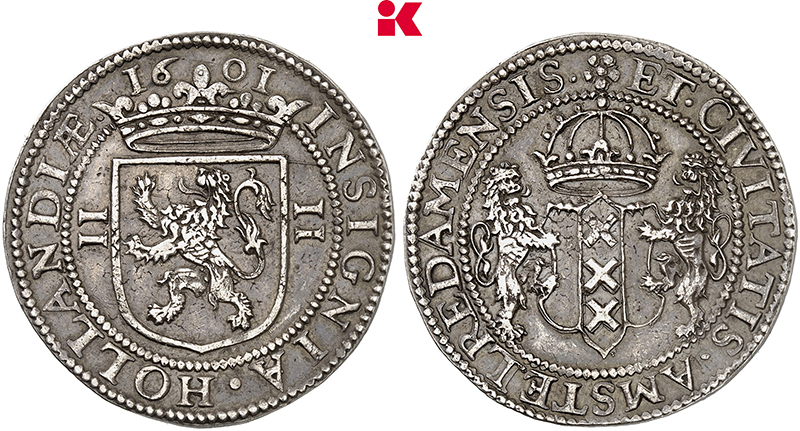

5 Gulden type 1846.
Highest rarity (RRRR).
PMG Choice Very Fine 35.
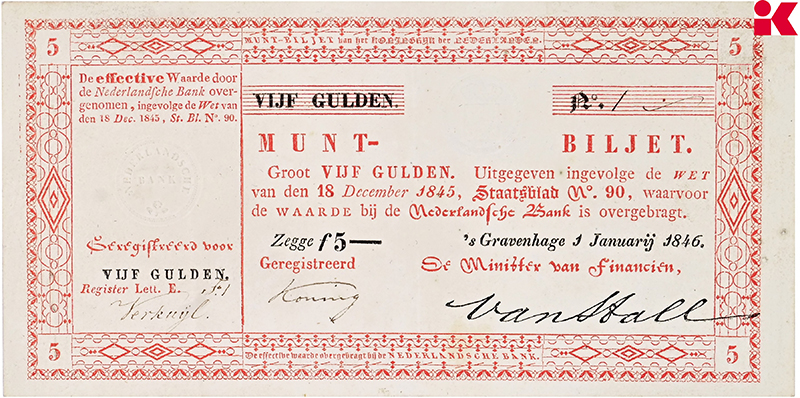

Archive: People and Markets
Swissmint Commemorates Wind Power
Following the issues on hydropower and solar energy, Swissmint completes its trilogy “Energy of the Future” with the new commemorative coin “Wind power.” As with its two predecessors, the silver coin glows in the dark.
From Brutus to Brandt – Digital Exhibition of the Deutsche Bundesbank
The Deutsche Bundesbank presents “From Brutus to Brandt – Coins as a Testimony to Collective Memory”. In this sophisticated digital exhibition, eight coins from antiquity to the present day are examined in detail.
Archive: Coins, Medals and more
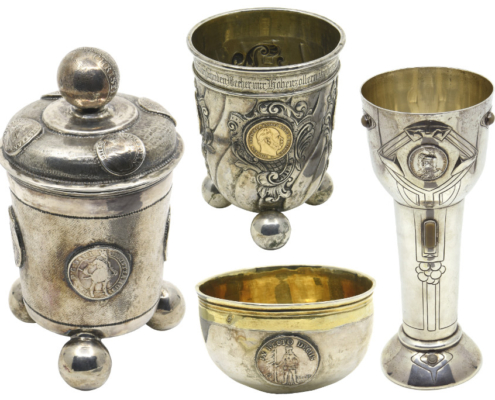
Coin-Embedded Tableware as Part of European Dining Culture
In European castles and treasure chambers, we often come across magnificent coin-embedded vessels. These items represent wealth and knowledge. Although their roots can be traced back to the Renaissance, it was not until the bourgeoisie of the 19th century that they came into their own.
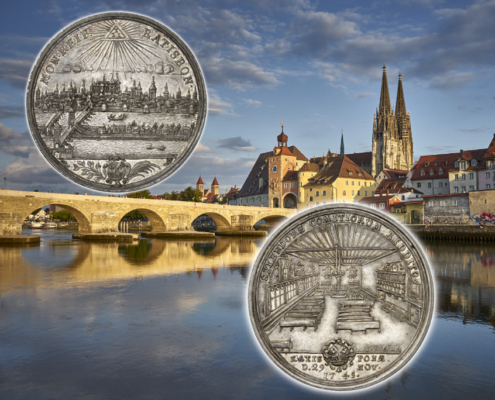
Regensburg: Where the Emperor and the Empire Met
Only a few German cities issued as magnificent early modern coins as Regensburg. And there is a good reason for this – gold and heavy silver coins in particular were in high demand in this city. Not for trading purposes but for representation. After all, the Perpetual Diet of the Holy Roman Empire sat in Regensburg. Read here how it worked and what role coins played in this event.








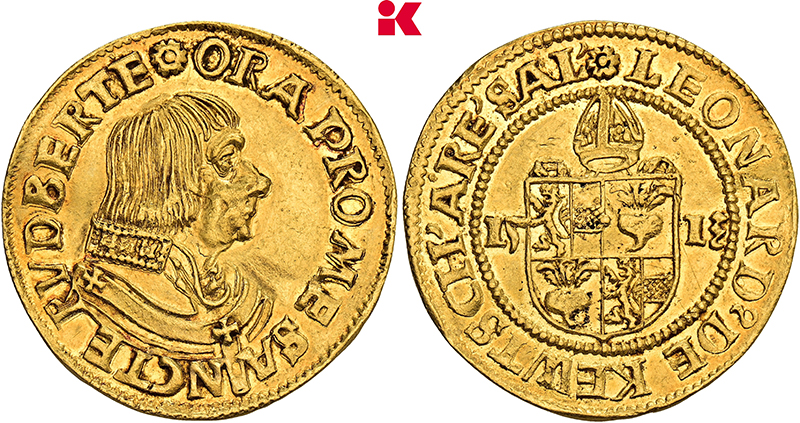
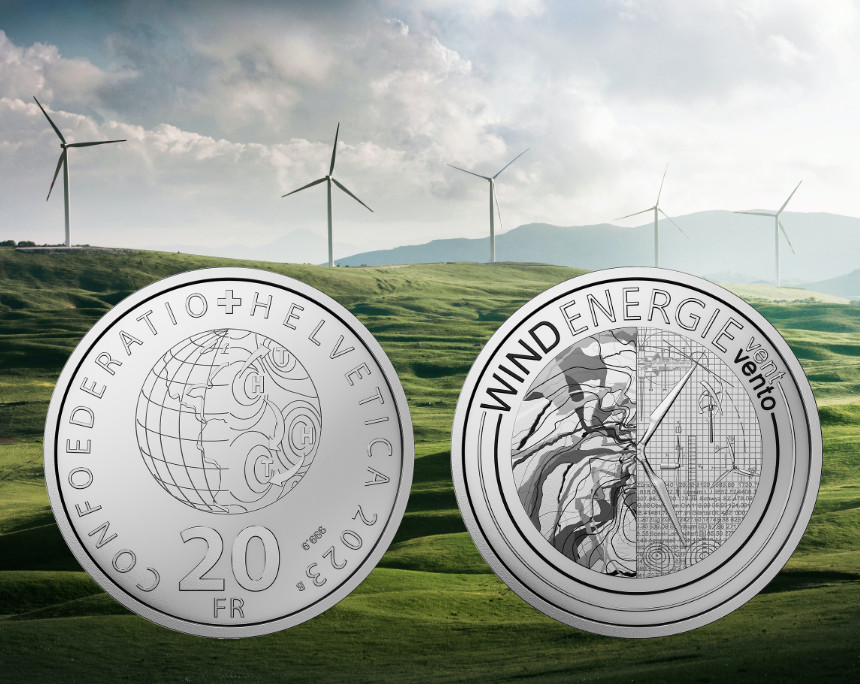
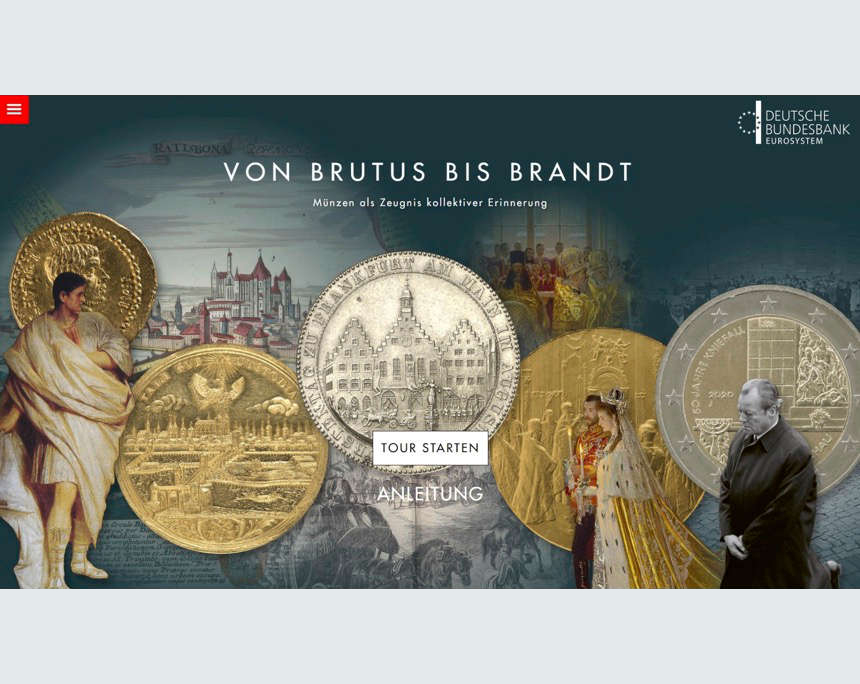

From Brutus to Brandt – Digital Exhibition of the Deutsche Bundesbank
The Deutsche Bundesbank presents “From Brutus to Brandt – Coins as a Testimony to Collective Memory”. In this sophisticated digital exhibition, eight coins from antiquity to the present day are examined in detail.
Study on Investment Behaviour of Women: Gold – Low Risk but High Returns?
The Royal Mint reports a significant rise in female investors, as more women seem to be turning to the gold and silver markets to safeguard their investment portfolios from risks.